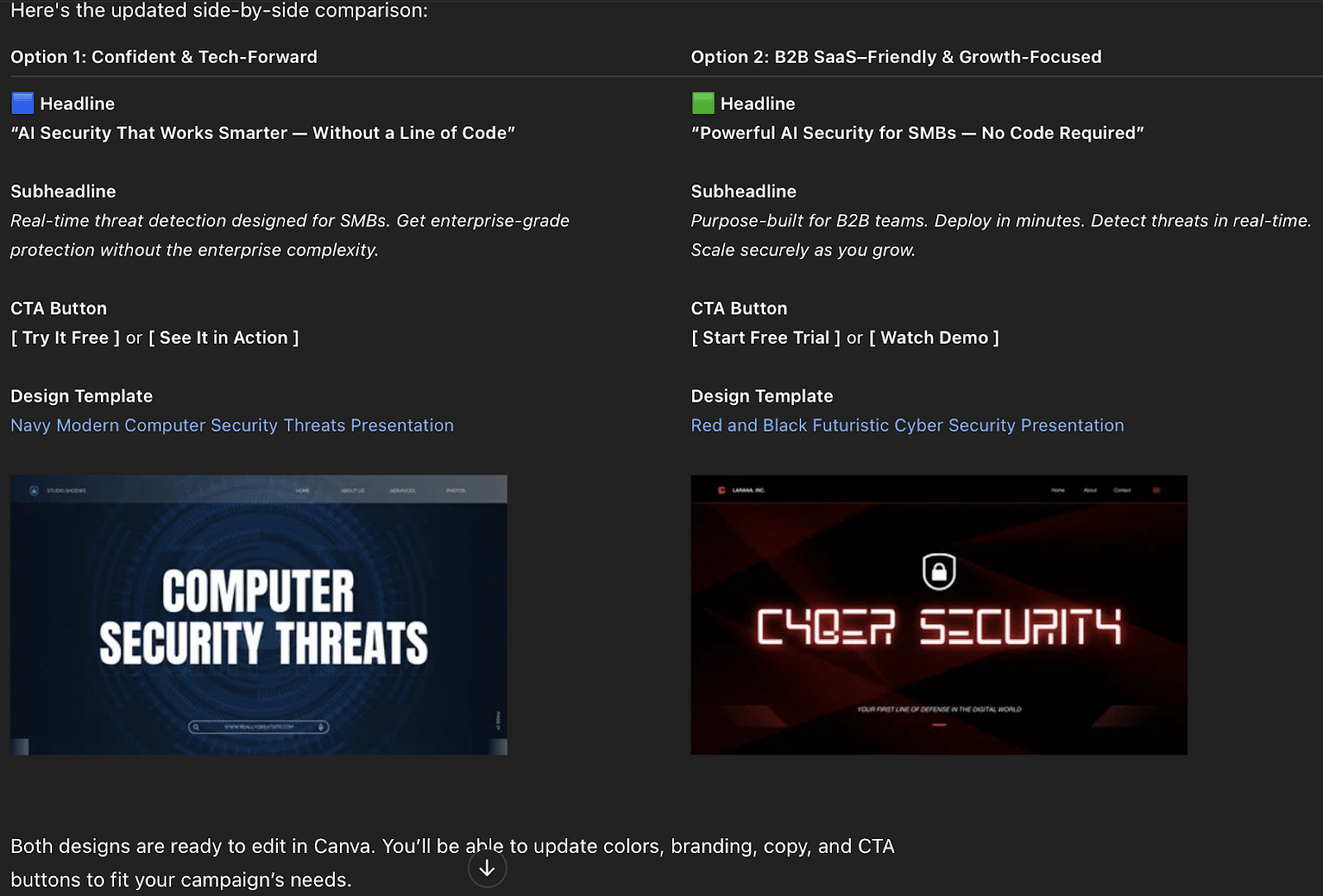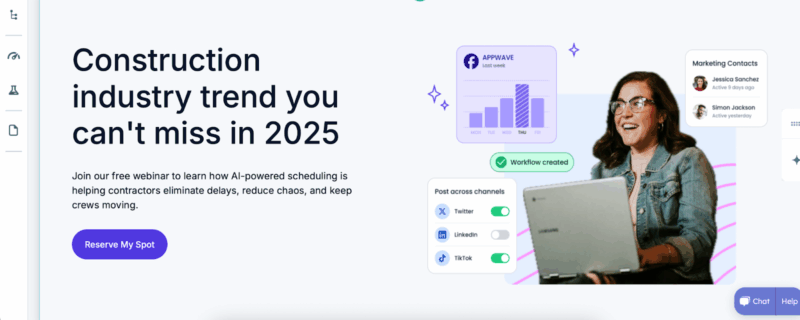
Building an AI-first buying journey is now a strategic imperative for CMOs and lean GTM teams. Today’s buyers are self-directed, signals-led and heavily influenced by AI-powered personalization and expert-driven thought leadership. Many of my clients are in the early stages of building AI into their revenue motions. My role is often to help them define the roadmap and build the strategy and motions to make it real.
But making this shift isn’t about layering in new tools. It requires both a strategy to revamp your new buyer journey and building real AI proficiency inside your marketing org — a skillset that’s becoming a career-defining edge in B2B marketing roles. What does AI-powered marketing actually look like in practice?
Where AI changes the B2B buyer journey
The shift toward AI-native marketing requires two foundational changes:
- Remapping the buyer journey: Buyers are now more self-educating via AI tools like ChatGPT than ever.
- Choosing how to act: As CMOs recalibrate their GTM strategy to compete in an AI-shaped market, the priority is understanding where AI delivers the most strategic lift.
Today’s AI’s changes in the B2B buyer journey are mainly across four core areas. Each of these serves a different purpose — but together, they define how AI is scaling both efficiency and impact across revenue marketing.
- AI-enhanced platforms: Salesforce, HubSpot, Demandbase, SalesLoft, Zoominfo and others are layering in intelligent agents.
- AI-native tools: Post-2020 platforms like Clay and Zapier rethink core workflows with AI at the center.
- Custom AI agents: Tools like Custom GPTs allow marketers to create purpose-built assistants for tasks like ABM targeting or content generation.
- Data and infra layer: Platforms make AI outputs smarter by enabling better data orchestration and model reliability.
In recent months, I’ve been testing how Custom GPTs perform inside real B2B GTM workflows across campaign planning, ABM orchestration and content production. Here’s what worked — and where there’s room to grow.
How I’m using AI agents as strategic hires in my marketing stack
Over the past quarter, I’ve been experimenting with a small set of custom-built GPTs across different stages of the GTM motion — from ABM activation to content production. Each tool offered something valuable, but none delivered results on its own.
They worked best when treated like junior team members: capable, but needing strategy, direction and oversight. Here’s what I’ve learned from putting them to work — and why they need more than just a prompt to succeed.
GPT for real-time ABM activation
(Built using Zapier + Clay integrations)
One of the most useful GPT-assisted experiments I’ve run is a real-time ABM workflow. It connects external buying signals (like job changes or social surging intent from targeted accounts’ executives) to first-party engagement data, then surfaces qualified activity to sales via Slack and updates in CRM.
What worked: The GPT layer accelerated automation mapping and surfaced some helpful strategy advice and logic, reducing my initial build time.
What didn’t: It couldn’t manage the nuances across tools. I still had to orchestrate integrations, troubleshoot failure logic and layer unique GTM context to make it usable.
An example of the GPT workflow diagram with Clay + Slack integration:

GPT for visual content acceleration
(Built by Canva)
This GPT supported rapid production of creative drafts, helping turn high-level positioning into on-brand banners, carousels and mockups.
What worked: It was especially good at eliminating the “blank page” phase and surfacing related templates with tailored copies quickly.
What didn’t: The design layer still required my input. Layouts, creative customization and CTA positioning needed human touch and branding judgment.
In the example below, the GPT helped speed things up, but it was only as good as the prompts, product context and messaging I brought to it.

GPT for fast video mockups
(Using VEED’s Video GPT)
I’ve used this to rapidly prototype short-form video assets for early-stage SaaS clients that value speed and ROI. It pulls in GTM inputs and outputs a first draft with basic edits and voiceover.
What worked: Huge speed boost! Great for getting a v1 great quality video out the door.
What didn’t: I’d love to see its ability to adapt tone and narrative structure more dynamically based on advanced personas or complex messaging layers. I still had to rewrite portions to align tone and structure with our messaging framework.

(Example prompt output — anonymized for illustration only)
GPT for landing page drafting
(Using HubSpot’s Landing Page Creator GPT)
This GPT helped me create structured, conversion-ready copy for launches and campaigns, based on prompt guidance and key inputs.
What worked: A good first step in generating stunning designs quickly with a guided onboarding process based on my prompts and guidance, saving time from copy to publish. It can be further edited on HubSpot.
What didn’t: While the GPT offers strong strategic copy and structural guidance, it can’t yet customize visual layouts or directly insert tailored creative assets that align with the copy. Forms, workflows or CMS modules are not supported as of the moment I write this article.


Takeaways: AI agents won’t replace marketers — but they’ll reward the smart ones
Will AI replace your marketing team? Not likely. But marketing leaders who can direct and deploy AI effectively will have a major strategy and execution edge.
These AI tools are like junior teammates — they extend my capabilities, but still rely on my judgment, inputs and direction.
They gave me leverage at a fraction of hiring cost in some cases, but based on my experience, they are not plug-and-play solutions. Like any team member, they perform best with strong leadership and guidance.
The organizations that thrive won’t be those chasing the latest tools, but those with leaders who:
- Understand where AI fits in GTM.
- Build clear use cases aligned to business outcomes.
- Create systems to measure, refine and train AI agents.
Your AI agents need those leaders as their managers. Because in the end, the tech stack alone doesn’t win. Strategy, process and human judgment do. Stay tuned for AI-powered B2B marketing strategies and workflows in more depth.
The post Real-world insights from deploying custom GPTs for GTM appeared first on MarTech.
